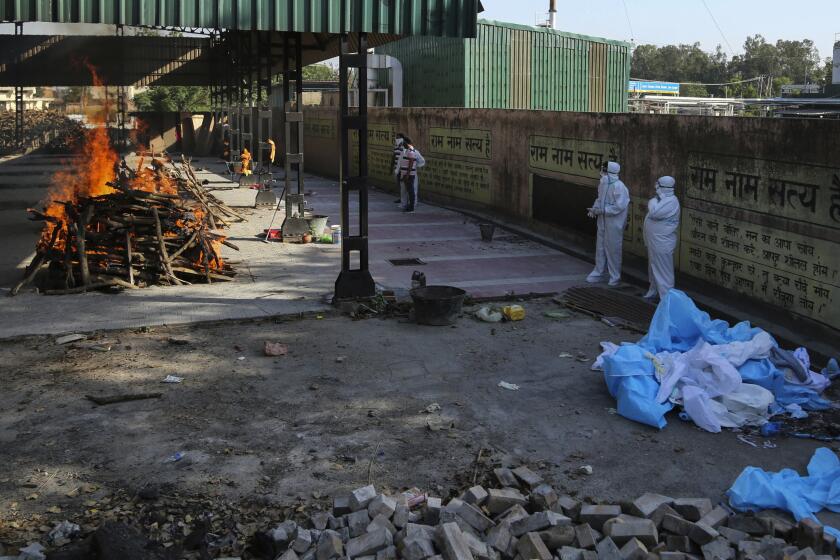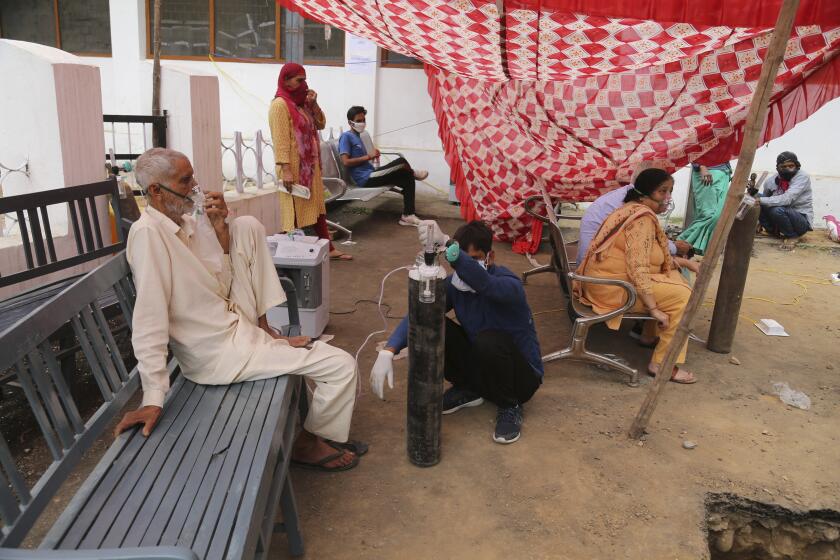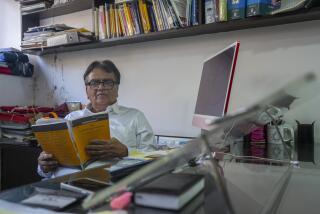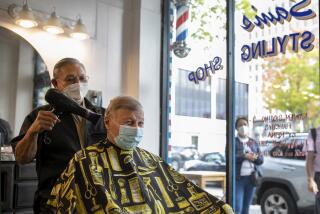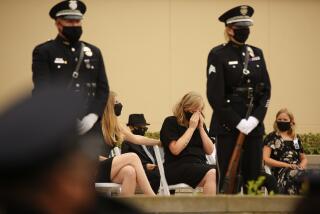‘They were my neighbors and friends’: India’s second COVID wave ravages the countryside
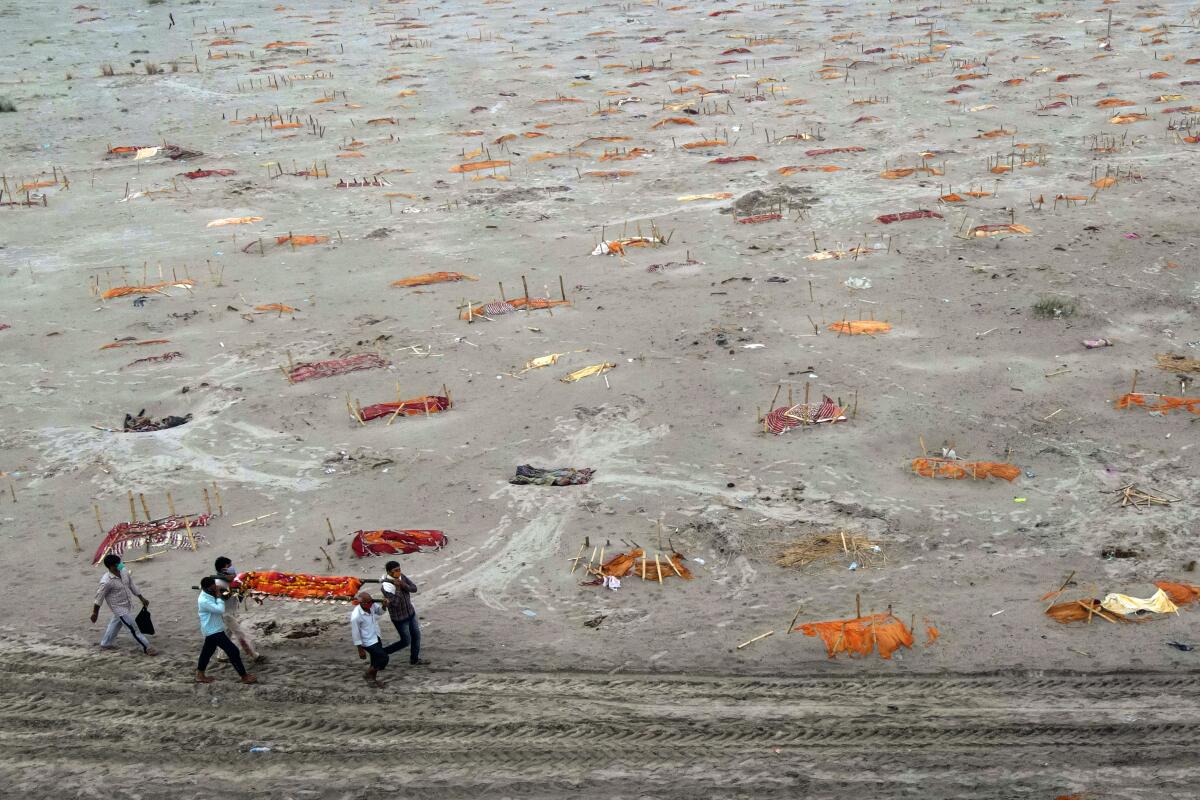
- Share via
MUMBAI, India — One by one, the villagers fell sick.
It started with a fever, then breathlessness. By then, it was too late. There was no medicine, oxygen or hospital nearby to save them. Their bodies had to be carried by family to the river and cremated.
“I knew all of them,” said Jitendra Hari Pandey, who estimated that more than 30 people in his village have died since the beginning of April. “They were my neighbors and friends.”
They perished like thousands of others in India’s cities. But because there was no COVID-19 testing in Kayamuddinpur Patti, a speck of land in Uttar Pradesh, one of the nation’s poorest states, the villagers were not counted in the official tally of pandemic deaths.
That total stood at 337,989 Thursday, with more than 28 million infected. Experts said the real numbers, however, could be up to five times higher.
Nowhere is that discrepancy believed to be more stark than in the countryside, where two-thirds of India’s 1.4 billion people live, often in abject poverty, and the lack of health infrastructure and government reporting is obscuring the true scope of the country’s massive second wave.
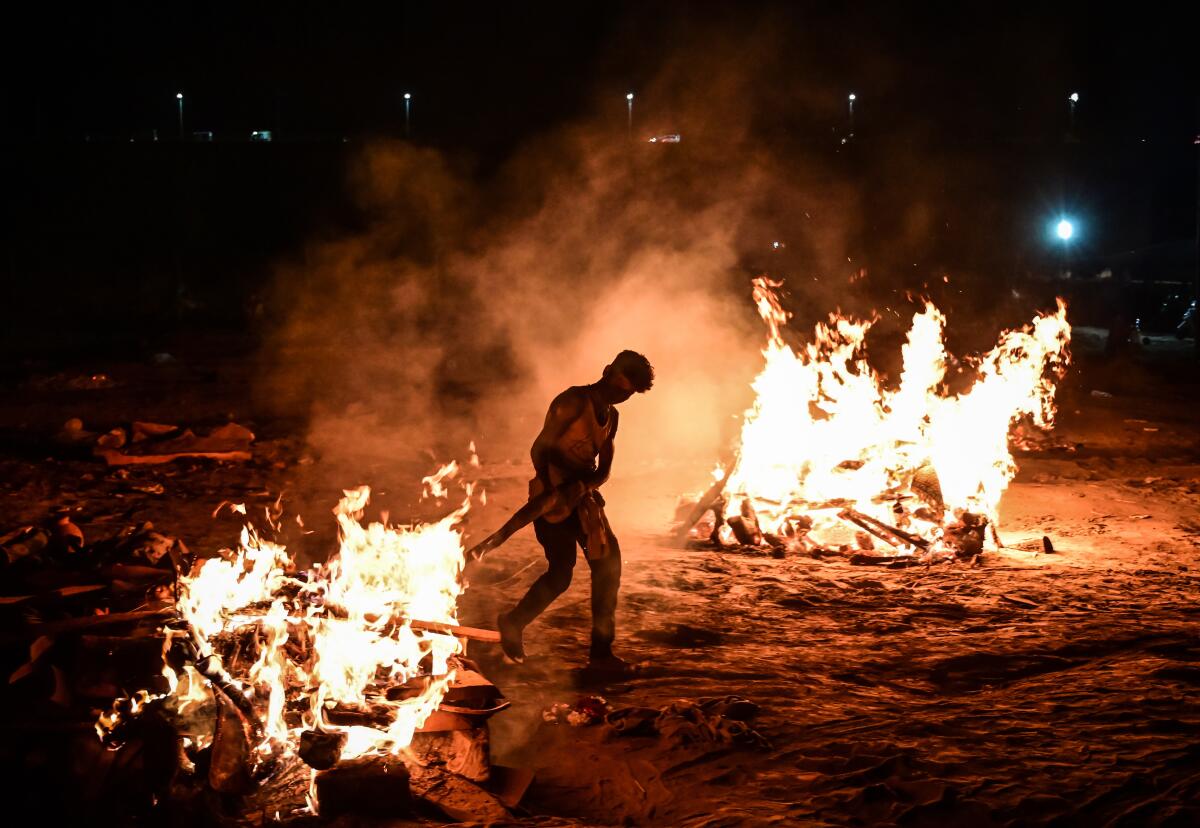
Without a more accurate picture, experts warn that India could loosen social restrictions too early again, inviting new variants and a third wave of infections that could delay the global recovery.
“We don’t know what’s happening in the countryside,” said R. Ramakumar, a professor of development studies at the Tata Institute of Social Sciences in Mumbai. “It could be serious, very serious, or disastrous. There’s very little data being put out by the government.”
Villagers don’t have the means to log on to Twitter and plead for oxygen tanks or hospital beds, as so many urban middle- and upper-class Indians have been doing.
Rural dwellers are also disadvantaged when it comes to registering for vaccinations, a process that requires a smartphone and access to a government app called CoWIN.
About 12% of Indians have received at least one dose. The number of shots administered daily has fallen steadily since a peak in April because of shortages. What’s available is going overwhelmingly to those who live in cities.
“The pandemic is laying bare the frailty of public health in rural India,” Ramakumar said. “It’s further exposing the inequality.”
Infections and deaths continue to climb at alarming rates as India’s second COVID-19 wave threatens to topple its healthcare system.
The only shared experience is grief and horror.
Weeks after the skies of Mumbai and New Delhi were choked with the smell of funeral pyres, abandoned corpses began appearing in shallow graves along the banks of the Ganges in Uttar Pradesh and Bihar states. The bodies are believed to be those of villagers whose families couldn’t afford cremation.
Meanwhile, hundreds of teachers are thought to have died of COVID-19 after being forced to serve as poll workers in Uttar Pradesh village council elections in April. Relatives say family members developed fevers and shortness of breath within days of poll duty.
“He was sick with fever a day or two after,” Ajay Sharma, 31, said of his father, Indrajeet Verma, a teacher who lived near the border with Nepal. “He got tested on April 28 and died the next day.”
In the village of Patkhauli in eastern Uttar Pradesh, almost every one of its 1,400 residents appeared to fall ill at some point.

The dusty hamlet offers nothing to residents in terms of treatment or testing. So villagers swallowed acetaminophen pills, rested and hoped for the best.
“The entire village was sick,” said Pooja Yadav, 37, whose sister’s father-in-law died after exhibiting COVID-19 symptoms. “People were going to sleep at night and not waking up in the morning.”
For many rural residents of India, it can take hours of walking to reach the closest government hospital or clinic — which often lack properly trained staff, medicine and equipment.
In rural parts of Uttar Pradesh, there are only 2.5 beds for every 10,000 people, less than half the national average.
The residents of Kayamuddinpur Patti at least have access to a government health center six miles away. Still, many are reluctant to seek help there because they fear testing positive for the coronavirus and being forced into quarantine — something few farmers can afford as they eke out a living growing sugar cane, rice and wheat.
Lack of trust in the rural health system has undermined vaccination campaigns and allowed misinformation and quack cures to flourish, including miracle elixirs made of cow dung and urine. In Kayamuddinpur Patti, villagers say vaccinations will make them sick.
“The village quacks invoke more confidence among the people than our healthcare system,” said Pandey, 49, an activist for farmworkers. “They treat patients sincerely and attend to them when people need reassurance. People believe that once you are admitted to a government hospital, you die.”
Indians are blaming a national government that did not prepare for a second wave. Officials are now scrambling to distribute supplies.
The task of educating India’s rural masses has fallen largely to a million-strong army of female workers known as Accredited Social Health Activists.
Operating under the auspices of the Ministry of Health, the force was trained to care for rural mothers and their children, but has now been asked to act as the first line of defense against the spread of COVID-19 in the countryside.
It’s a daunting task for workers such as Manju, who uses one name. Each day, she visits 50 homes in the small town of Bhojpur and nearby villages in Uttar Pradesh.
She lacks a thermometer to detect fevers and a pulse oximeter to measure oxygen levels. She has no choice but to buy her own masks on a monthly salary of $30. Then there are the people she’s trying to help, many of whom are too frightened to cooperate.
“We go door to door and ask if anyone is feeling breathless, has a fever and so on,” Manju said. “Even if that’s the case, residents say everything is fine because they are scared.”
Given India’s success in other public health campaigns — including the eradication of polio in 2014 with a vaccination drive that reached all corners of the disparate nation — Manju said she is puzzled by the wariness she encounters about the COVID-19 vaccine.
“We tell them that we have also gotten our jabs, but people are still skeptical of the side effects,” she said.
Last year might have been a good one for India’s struggling farmers, with bumper harvests. Instead, they suffered deep losses because a nationwide lockdown disrupted their ability to sell their crops.
Growing anger exploded in January when tens of thousands of farmers on foot, horseback and tractors stormed into New Delhi to protest new laws they believed favored corporate farms.
The cost of treating COVID-19 has forced many into deeper economic straits.
In the state of Maharashtra, Jayashree Waghmare, 40, said she and her husband spent their annual income for treatment at a private hospital.
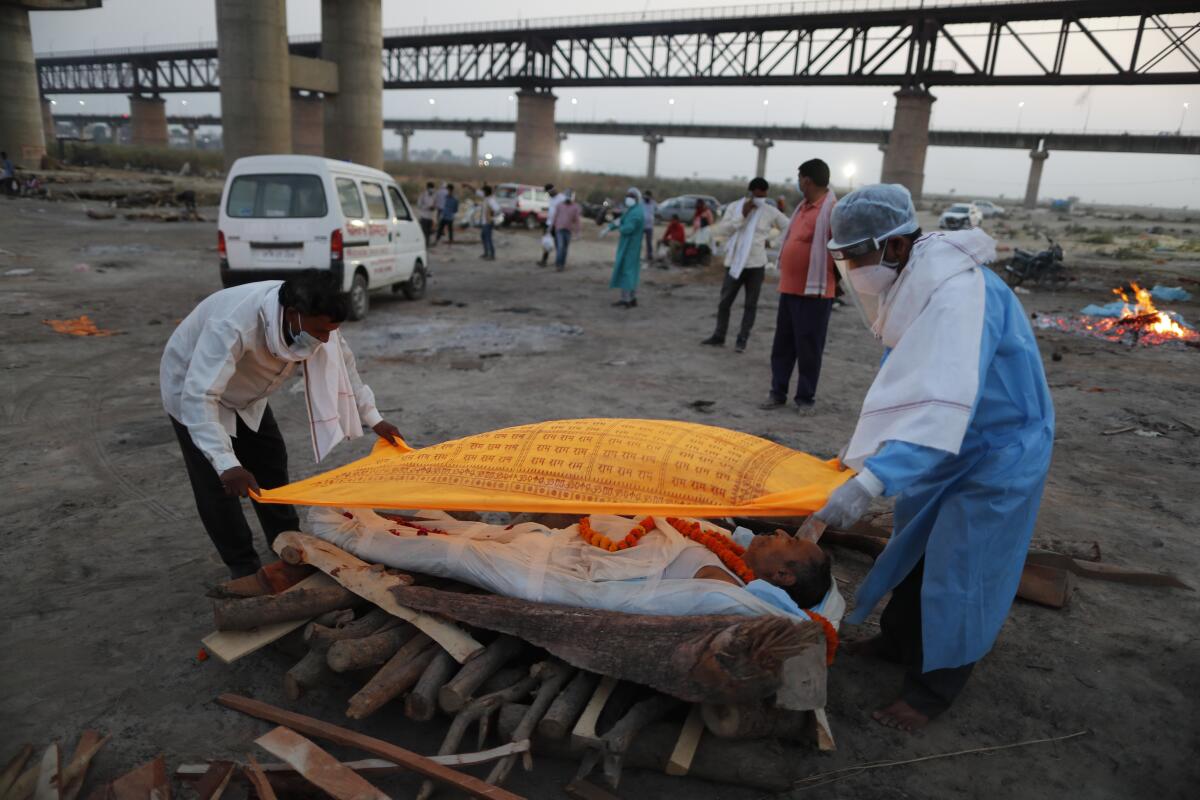
“I’ll have to mortgage my jewelry to repay the debt,” she said.
Avtar Tukaram, 30, said he struggled to find medical care for his ailing father. Finally, he took out a $1,400 bank loan to buy the drug remdesivir at an inflated black market price.
But too much time had passed. Now Tukaram wonders how he will ever repay the debt for the drug that failed to keep his father alive.
“You can’t save your family if you are poor,” he said. “If you have money, you have the right to live.”
Times staff writer Pierson reported from Singapore and special correspondent Parth M.N. from Mumbai.
More to Read
Sign up for Essential California
The most important California stories and recommendations in your inbox every morning.
You may occasionally receive promotional content from the Los Angeles Times.
